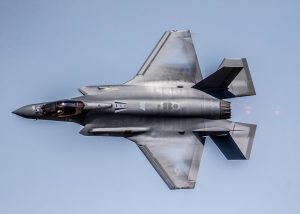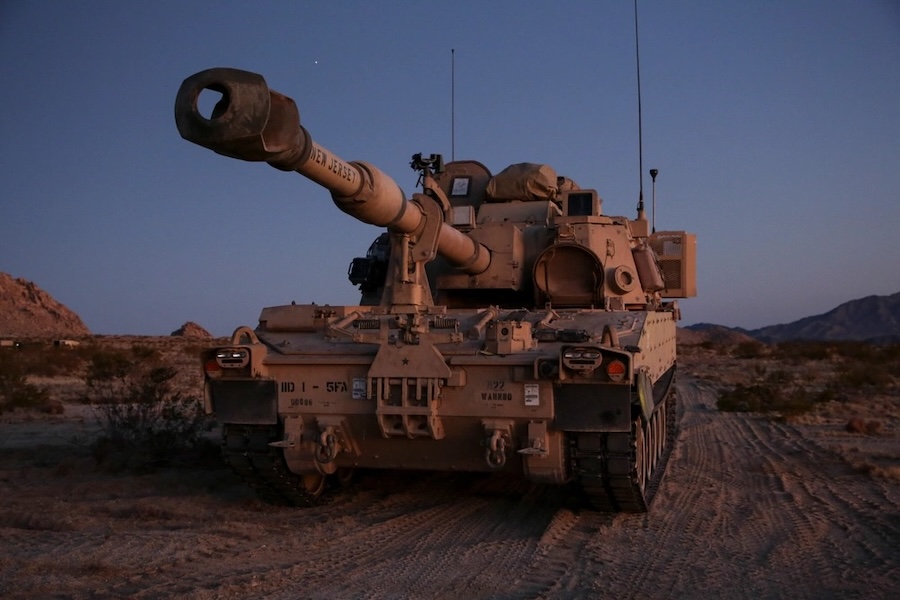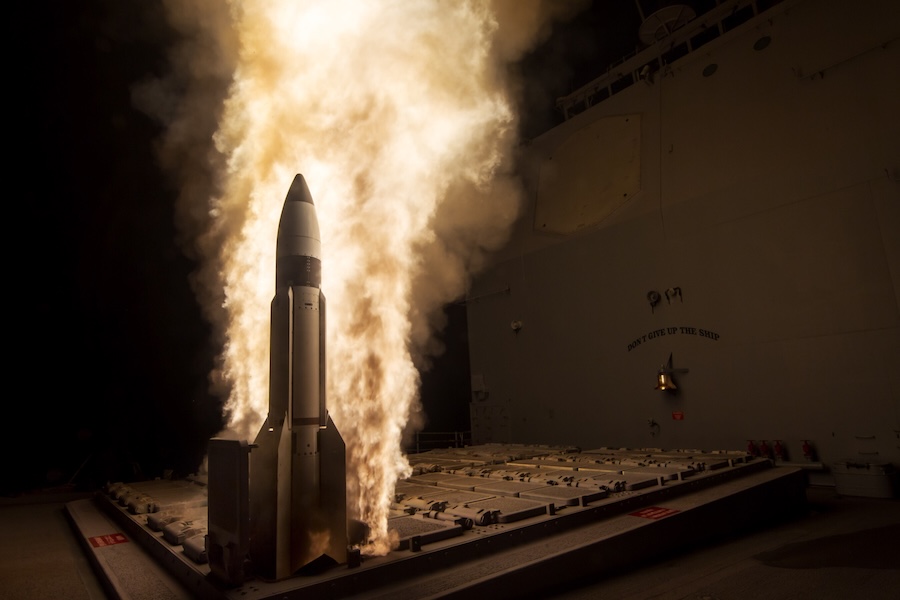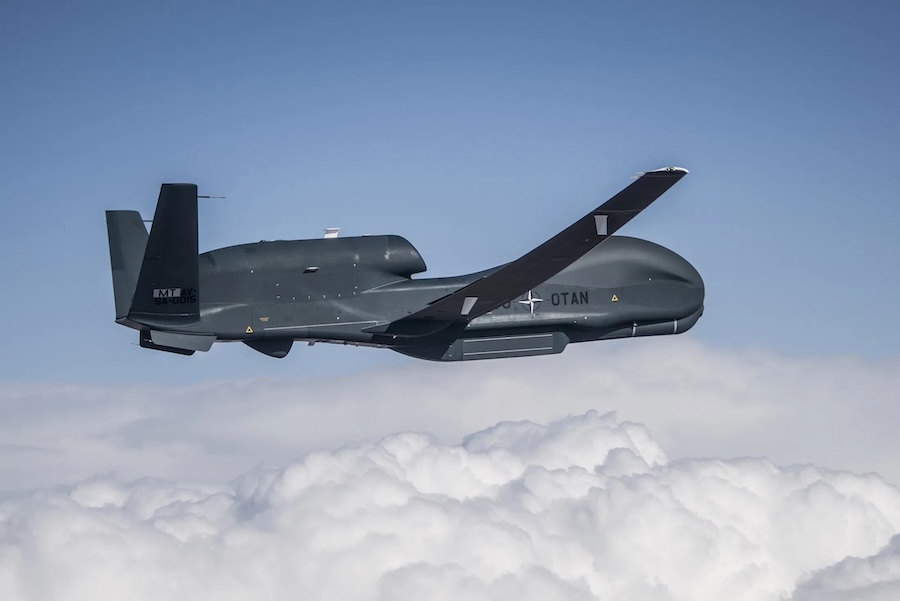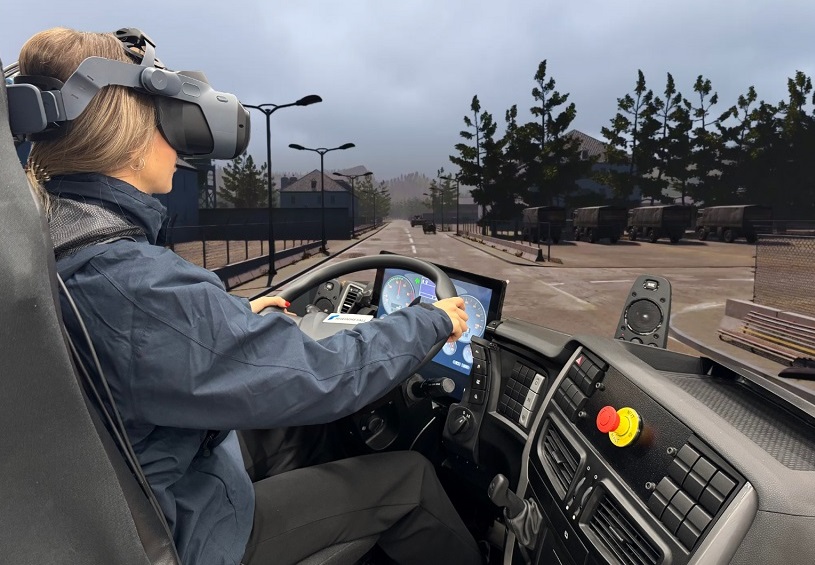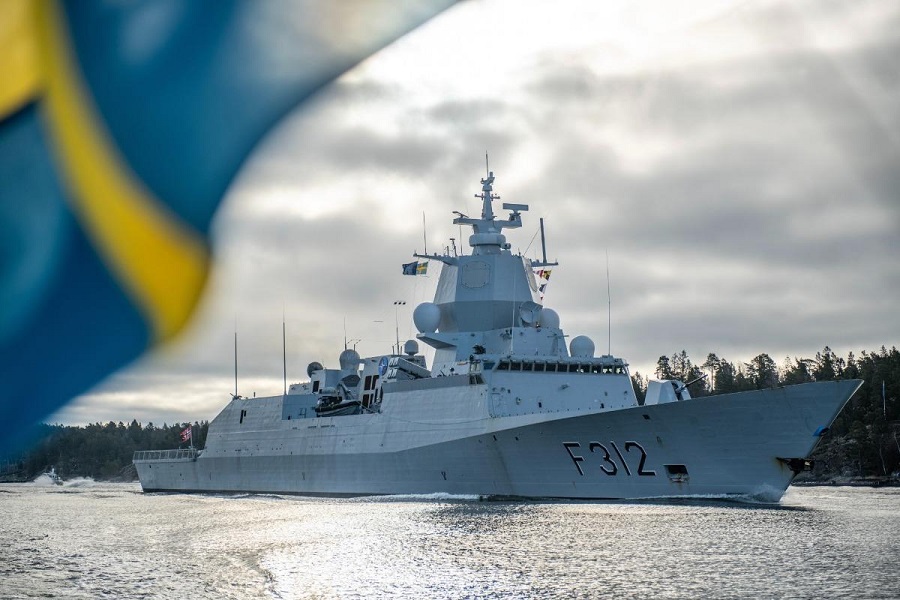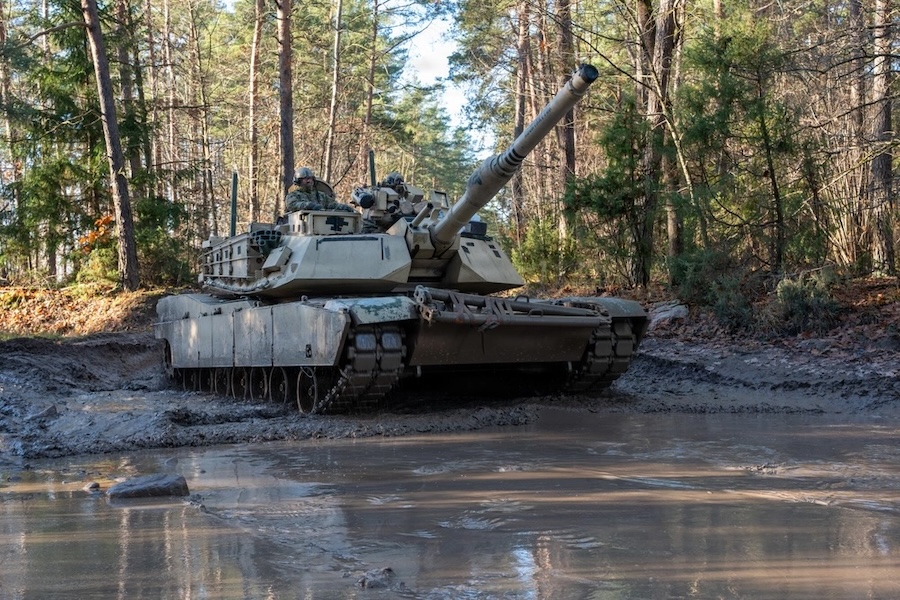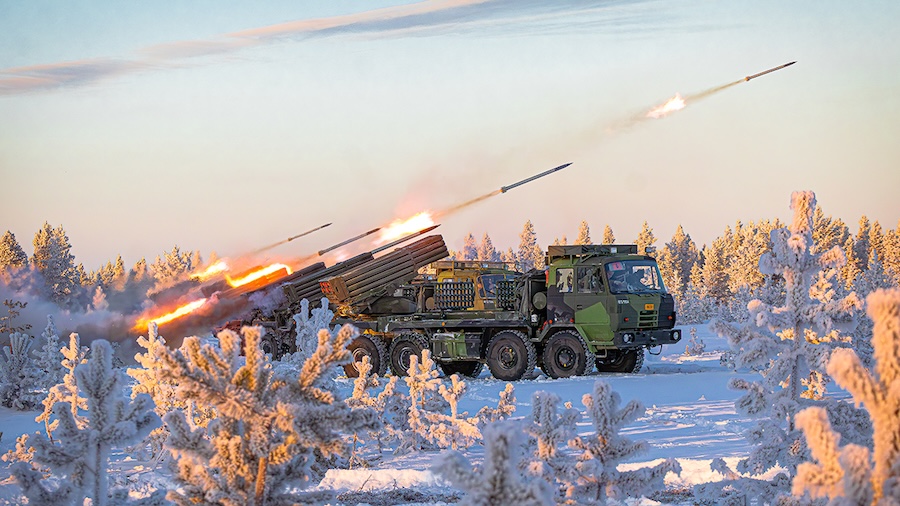UNIT, based in Charleston, South Carolina, deployed its Vesuvius Spiral 2 unmanned system to Port Wojenny in Gdynia, Poland, for Arcane Thunder. Over two weeks, the team trained with U.S. Army and Polish Armed Forces personnel, demonstrating unmanned surface vehicle (USV) integration with Tactical Assault Kit (TAK) data systems across multinational operations.
“Arcane Thunder highlighted NIWC Atlantic’s dedication to delivering solutions that enhance fleet capabilities across multiple domains while strengthening NATO interoperability,” said Eric Stephenson, UNIT lead systems engineer. “Our technologies directly supported the Navy’s vision for a hybrid fleet that seamlessly integrates manned and unmanned systems.”
UNIT’s efforts align with the U.S. Navy’s long-term strategy to build a hybrid fleet, including approximately 350 crewed ships and 150 USVs, in response to the declining number of crewed vessels over the past three decades. “Every unmanned vessel deployed, every successful data transmission between tactical systems, brings us closer to the future fleet architecture,” said Michael Grass, UNIT Program Manager.
One focus at Arcane Thunder was UNIT’s TAK federation capability, which allows multiple data sources to be accessed as a single system through a shared server. “The TAK federation work represented a significant leap forward in our ability to share tactical information across service boundaries,” said David Bate, a NIWC Atlantic engineer. “These capabilities dramatically improved situational awareness for commanders in joint maritime operations.”
The UNIT team also demonstrated Cursor on Target (CoT) message exchanges, allowing secure, real-time geospatial data transmission between previously disconnected military systems. These developments allowed commanders to operate with increased clarity and responsiveness in multi-domain environments.
Following Arcane Thunder, UNIT moved to Ustka, Poland, for the BALTOPS 2025 exercise from 4–27 June, where they provided full support for USV operations. Their technology was fully integrated with NATO’s Task Force X Baltic, allowing real-time data sharing with NATO’s Coalition Warrior Integration Exercise.
“Our BALTOPS technologies supported NATO’s emerging Maritime Unmanned Systems C2 architecture,” Grass said. “Using standardized formats like STANAG 4817, we enabled critical maritime data sharing across the alliance.”
During BALTOPS, UNIT achieved key milestones such as collecting and integrating data from small unmanned aircraft systems and feeding that data into various NATO platforms using a custom data-smoothing framework. This framework helped reduce noise in the data, enhancing the quality of real-time operational insights.
In collaboration with Commander Task Force 66 (CTF-66) of the U.S. 6th Fleet, UNIT also conducted contested logistics experiments alongside Polish Special Operations Forces. “BALTOPS showed how quickly we’re advancing unmanned system integration across domains,” Grass noted. “These lessons will shape future exercises and deployments.”
Looking ahead, NIWC Atlantic’s UNIT will continue its work with NATO partners at the upcoming REPMUS/Dynamic Messenger exercises later in 2025. Their ongoing mission is to expand the use of unmanned technologies and elevate joint maritime operational effectiveness.









